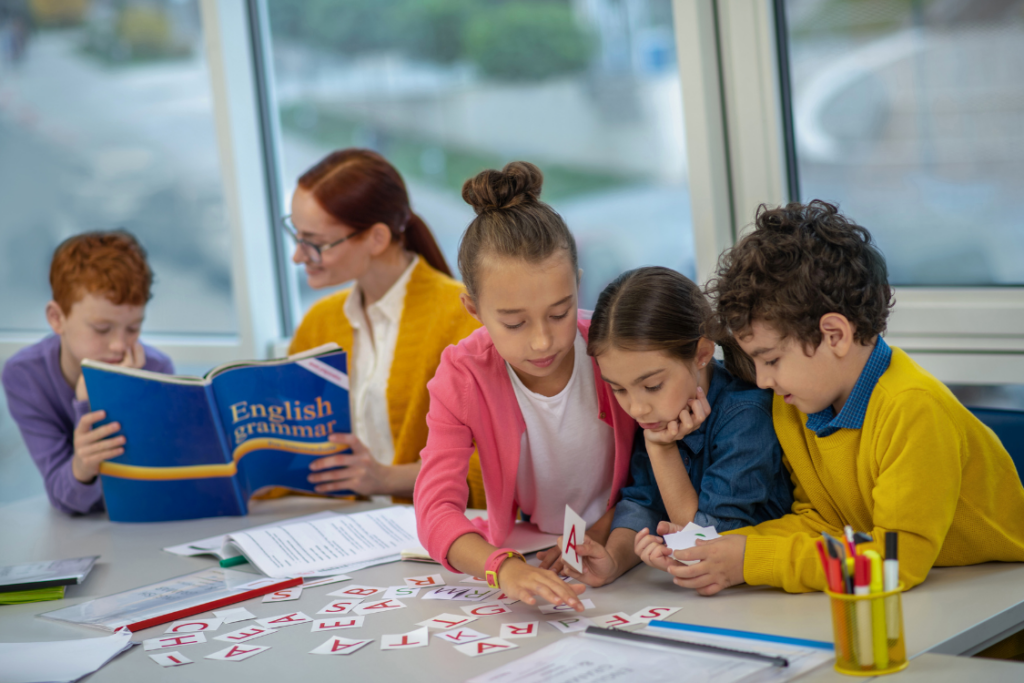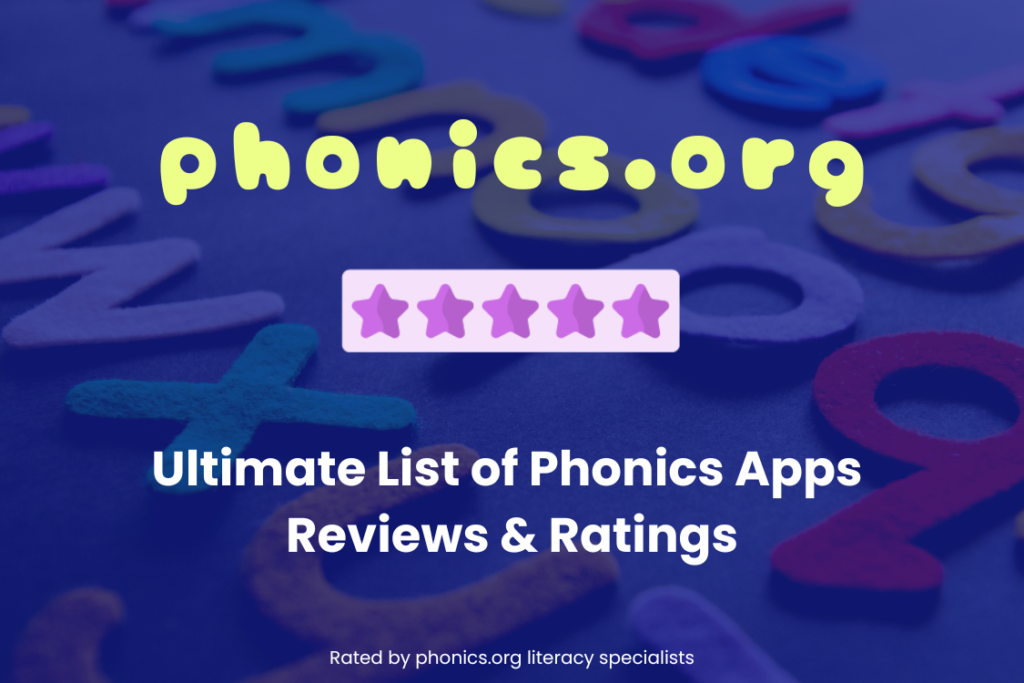Reading Comprehension Strategies: Building on Phonics Foundations
Ever watched your child perfectly sound out every word in a story, only to have them stare blankly when you ask what the story was about? You’re not alone. This…
Your family plays a big role in helping your child learn to read and write. With the right phonics activities at home, you can support your child’s literacy development and academic success. The more you understand how and why phonics instruction works, the better you can facilitate effective and meaningful learning experiences with your family.
To help your child practice phonics at home, read our insights for parents below! You can also browse our phonics program reviews for more.

According to the National Center for Education Statistics, 43 million adults in the U.S....

Is your child starting to read words with letter combinations like ‘sh’ or ‘ch’?...

Phonics is a major aspect of your child’s early education. It equips them with...

Phonics and handwriting are closely intertwined. Because phonics is how children learn to read...

The holidays are an exciting time for rest and quality time with family. For...

English Language Learners (ELLs) face unique challenges when developing literacy skills in a new...

Parents play one of the most significant roles in a child’s early literacy development....

The Phonics.org team is dedicated to helping parents and teachers navigate the many different...

Learning how to write is a gradual process for children. If you’re a parent...

Transcription skills are a big part of a child’s journey into literacy, playing a...
Ever watched your child perfectly sound out every word in a story, only to have them stare blankly when you ask what the story was about? You’re not alone. This…
Learning to read is one of the most significant milestones in a child’s early development. Behind every confident reader is a foundation of strong phonics skills—the ability to connect letters…
Ever watched a young reader encounter a long, unfamiliar word? They might stare at it, attempt to sound it out letter by letter, or simply skip it entirely. What if…
Ever watched a child’s face light up when they finally understand a story that previously seemed like an impossible code to crack? That’s the magic text-to-speech technology can bring to…
Ever watched a child laboriously sound out each letter as they attempt to spell a word on paper? That concentrated look—tongue slightly protruding, pencil gripped tightly—represents an incredible cognitive feat.…
If you’re a parent of a child struggling with reading skills, you’ve likely found yourself standing at a crossroads. In one direction lies the familiar path of traditional phonics instruction—print…
David Shannon’s vibrant picture book “A Bad Case of Stripes,” tells the whimsical story of Camilla Cream, a young girl who cares too much about what others think. Her anxiety…
Teaching sound segmentation doesn’t require expensive materials or formal training—just enthusiasm and consistency! The key is to make these activities part of your daily routine and to keep them playful…
Does learning to read in one language help children learn to read in another? The answer is yes! Research shows that many reading skills can transfer between languages, a process…
If you’ve ever heard someone say, “I’m a visual learner” or “My child learns best by doing,” you’re familiar with the concept of learning style myths. While these ideas are…